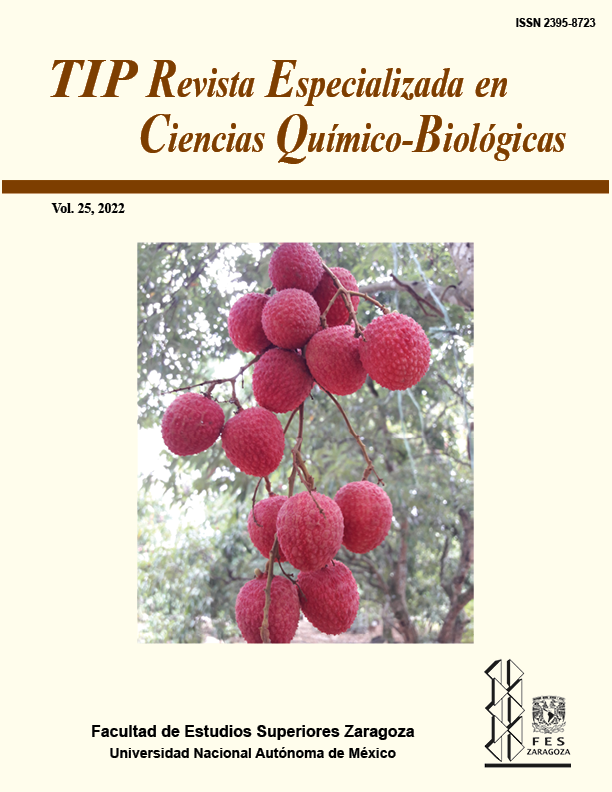Abstract
Ruminant livestock is considered one of the largest anthropogenic sources of methane gas. Methanogenesis is part of the digestive process of these animals and is mediated by the microorganisms present in their rumen, responsible not only for the loss of energy in the animal, which directly impacts the productivity of cattle, but also for the production of methane that contributes to the increase of the greenhouse effect. The functional characteristics of the rumen microbiome have not been well described because most of the microorganisms present are not cultivable under laboratory conditions, but can be studied using molecular techniques, such as metagenomics and metatranscriptomics. The objectives of this review article, in addition to compiling and disseminating information on the environmental impact of the livestock industry, are to describe some of the experimental and bioinformatic strategies used in the analysis of the ruminal microbiome from metagenomics and metatranscriptomics, to reduce emissions of methane by cattle.
TIP Magazine Specialized in Chemical-Biological Sciences, distributed under Creative Commons License: Attribution + Noncommercial + NoDerivatives 4.0 International.



